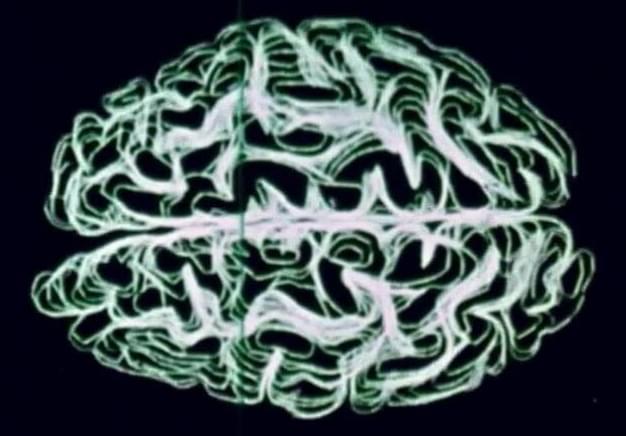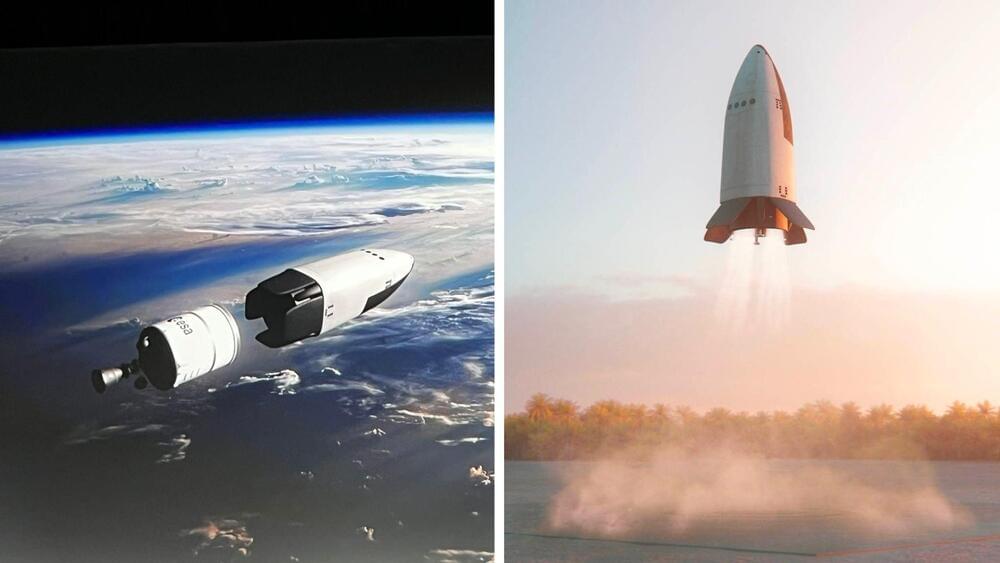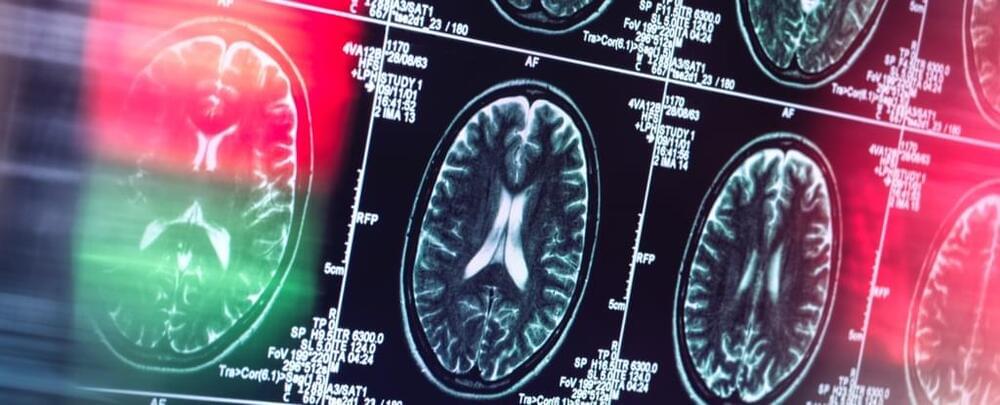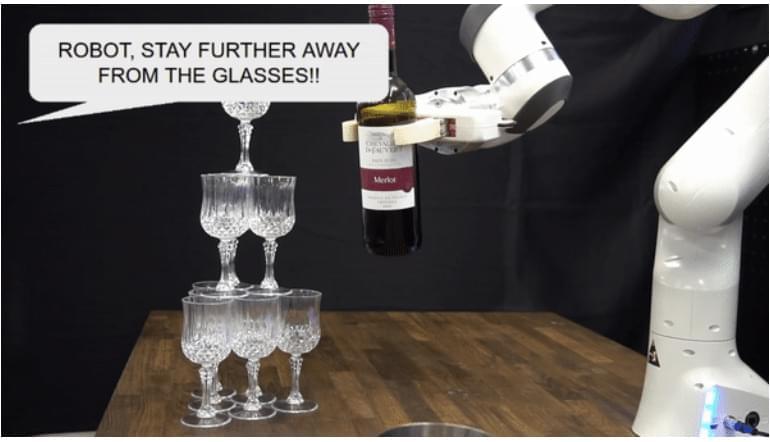Anticipates mind uploading.
This week, we bring you a Tale by one of the lesser known greats of 1950s science fiction, Frederik Pohl. “The Tunnel Under the World” first appeared in Galaxy magazine in 1955, which Pohl himself would go on to edit from 1959 to 1969. His career spanned nearly 75 years and saw him win many awards for his writing, including novels and, shortly before his death, his blog. He won four Hugo awards and three Nebula awards, winning both for his seminal 1977 novel “Gateway”.
In this short story, Guy Burckhardt awakes after a horrible dream to find not everything in his small town is how he remembered it…


















